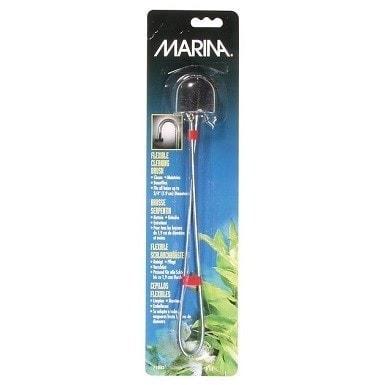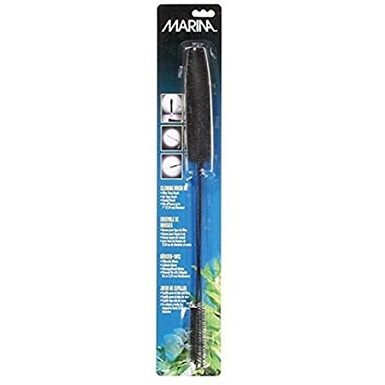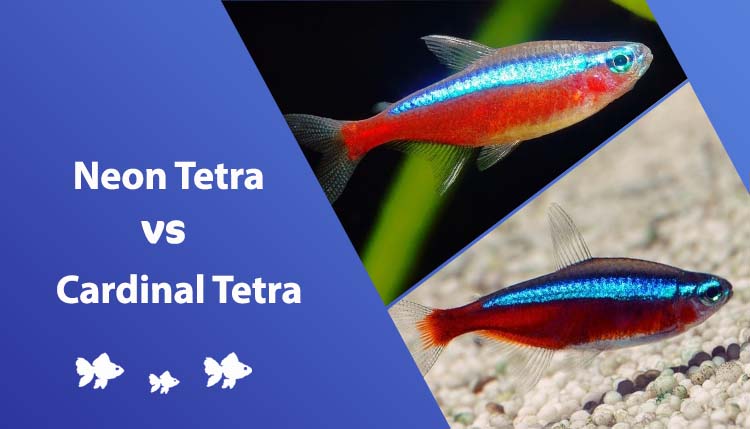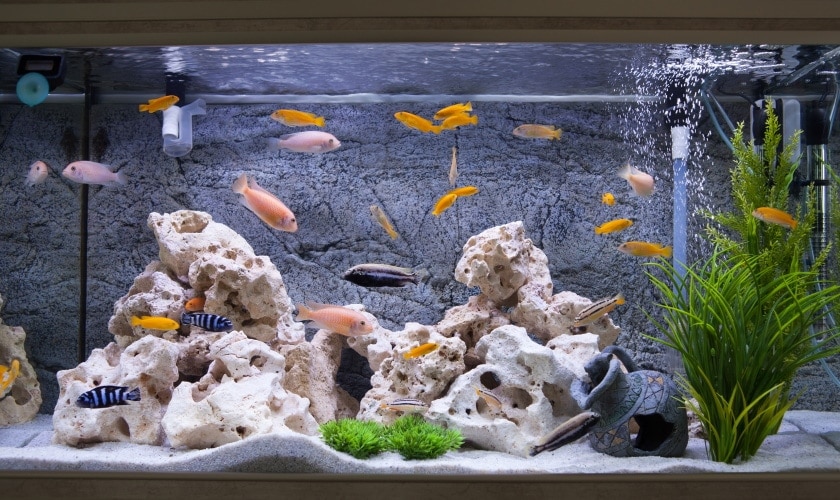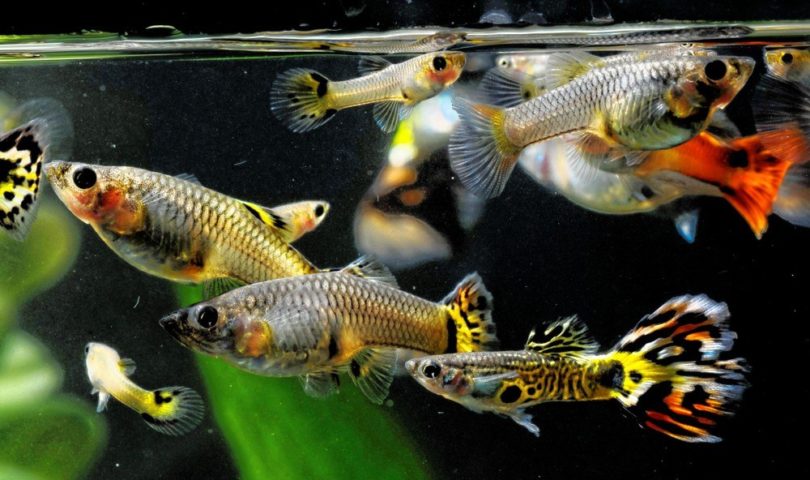How to Clean Plastic Aquarium Plants – 7 Easy to Follow Steps

Updated on
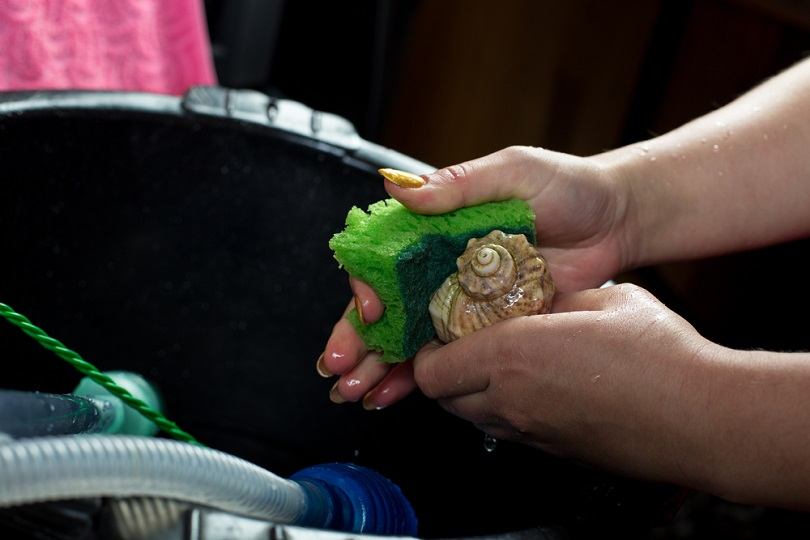
It can be frustrating to see the dreaded algae or opportunistic debris take over your plastic aquarium plants. Luckily, there is a solution to easily take care of this problem!
Plastic aquarium plant decorations—also known as artificial plants—come in a variety of colors and styles to suit your personal preferences. Some may look fake and very brightly colored, or some may look much more realistic. Most aquarists will keep several plastic plants in their aquarium to provide shelter for tank inhabitants and surface area for beneficial bacteria to grow on. Plus, adding a dash of color.
A bonus to plastic plants is that they are relatively inexpensive and widely available at most pet stores. Unlike their live counterparts, plastic aquarium plants are fairly easy to clean.
How to Determine When Should You Clean Your Plastic Aquarium Plants
Aquarium décor will require a good cleaning when a plant is covered in unwanted algae growth. Likewise, you’ll want to clean the plants when removing a decoration, cleaning the tank, or preparing them for storage. Be careful not clean too many decorations at once, as the surface holds an establishment of natural nitrifying bacteria.

Note: It is NOT endorsed to clean aquarium decorations with harsh household chemicals such as bleach solutions, as it may fade the plant’s colors and release the chemicals back into the water via leftover residue.
Before You Start
Have a bucket, medical-grade gloves, a safe cleaning agent (optional), a towel, and an area where you can easily clean up spilled water.
The 7-Step Tutorial for Cleaning Your Plastic Aquarium Plants:
1. Removal
Remove all the plastic plants you want to clean, and it is easier to remove the plants during a water change when the water level is low enough for you to remove the plants from the substrate. You can also use a net to hoist the plant up till your hand can reach it and pull the plant out.
2. Rinsing
Once you have removed the plants, it is time to rinse the plants under lukewarm tap water. Place the plants under the tap and swish the plants through the water to make sure the whole surface is wet. Debris particles should begin to loosen from the plants and wash off, except for algae.
3. Soaking
Once you have rinsed the debris off the plants, fill up a bucket with 60% boiled water and 40% cold tap water. A safe cleaning agent should be added such as the API aquarium safe cleaning spray, which can be applied to the surface of the plant. You can even add pure apple cider vinegar with the ratio of 1 teaspoon per 5 liters. Submerge the plants in the bucket and soak them for 20 minutes. This will soften the debris or algae making it easier to clean. A cleaning agent is not necessary if you do not want to expose your inhabitants to any leftover residue, boiling water should suffice.
4. Scrubbing
Take an old toothbrush or an aquarium scrubbing brush such as the Marina cleaning brush or the Marina brush kit. Begin scrubbing the surface of the leaves, stems, and base to remove dirt and algae.
5. Washing
Empty the bucket of soiled water and refill with cold tap water. Lightly run your fingers over the plant’s surface to remove cleaning residue. Let the newly cleaned plants soak for 10 minutes.
6. Rinse and dry
Thoroughly rinse the plants under cold water for several minutes and place them on a clean towel or surface in the sun for 20 to 30 minutes. Take the clean towel and wipe the plants down till they are completely dry.
7. Return the plants to the aquarium
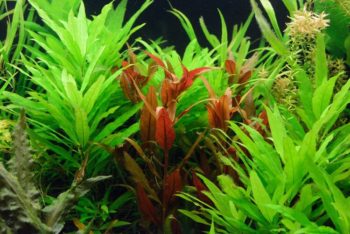
Conclusion
Once you have completed the steps and your plants do not have any remaining cleaning agent residue (the plant should not have a smell), your plants have been successfully cleaned! You can then add the plants back to the aquarium or set them aside for storage. If the plastic plants regularly get dirty, you should look further into what is causing this problem so you can deter this from happening again.
Featured image credit: Sergiy Akhundov, Shutterstock



